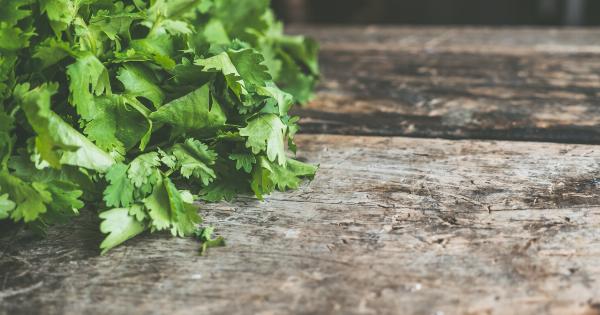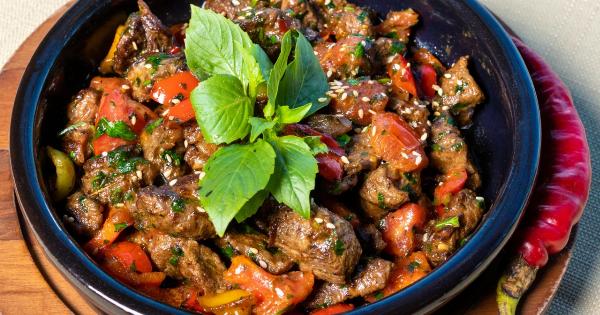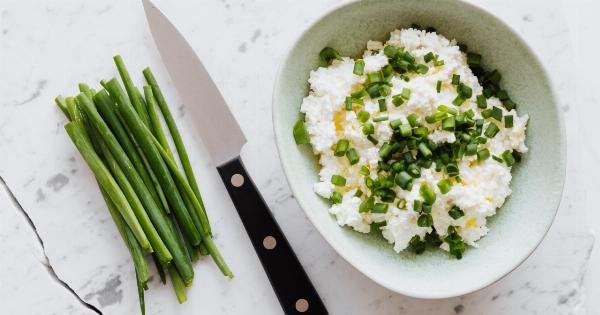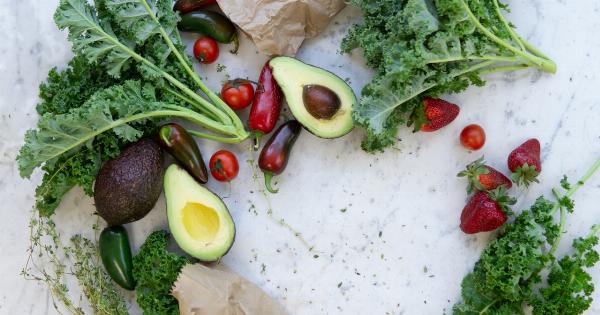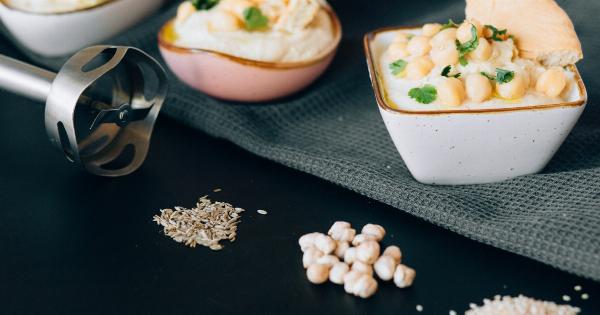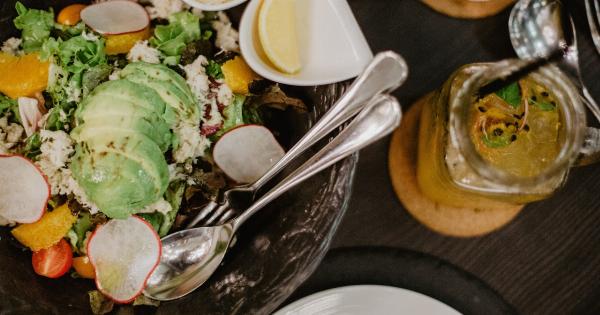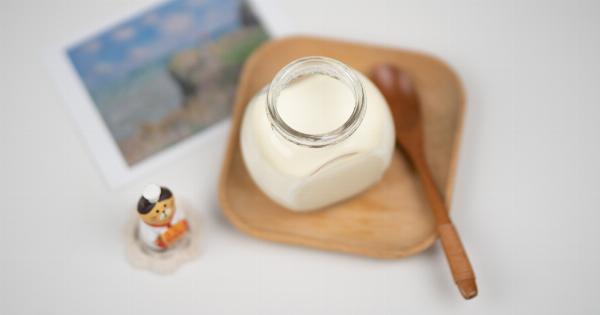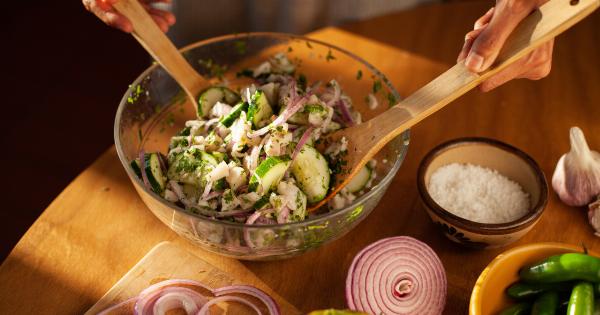Ginger, also known as Zingiber officinale, is a flowering plant belonging to the family of Zingiberaceae, which is highly valued for both its culinary and medicinal properties.
This versatile spice is native to Southeast Asia and has been used for thousands of years in Traditional Chinese Medicine (TCM) and Ayurveda as a natural remedy for various ailments.
Today, ginger is widely recognized for its unique flavor, aroma, and health benefits. This article will explore the nutritional profile, health benefits, and culinary uses of ginger, along with some delicious and healthy ginger recipes.
Nutritional Profile of Ginger
One of the reasons for the popularity of ginger is its nutritional profile. Ginger is low in calories and fat and is a great source of fiber, vitamins, minerals, and antioxidants.
Here is a breakdown of the nutritional value of 1 oz (28 grams) of raw ginger:.
- Calories: 20
- Carbohydrates: 4 grams
- Fiber: 0.7 grams
- Protein: 0.2 grams
- Fat: 0.1 grams
- Vitamin C: 1% of the Daily Value (DV)
- Vitamin B6: 4% of the DV
- Potassium: 1% of the DV
- Manganese: 6% of the DV
Although ginger is not a significant source of most nutrients, it has some unique compounds that are responsible for its health benefits.
These compounds include gingerols, shogaols, and zingerone, which have anti-inflammatory, antioxidant, and anti-cancer properties.
Health Benefits of Ginger
Ginger has been used for centuries as a natural remedy for various ailments. Here are some of the scientifically-proven health benefits of ginger:.
1. Reduces Inflammation and Pain
Gingerols, the active compounds in ginger, have been shown to have potent anti-inflammatory and analgesic effects. They can block the production of inflammatory molecules and reduce pain and swelling.
Ginger is beneficial for people with osteoarthritis, rheumatoid arthritis, and other inflammatory conditions.
2. Relieves Nausea and Vomiting
Ginger is well-known for its ability to soothe the stomach and reduce nausea and vomiting. It can be helpful for pregnant women suffering from morning sickness, people undergoing chemotherapy, and those with motion sickness or seasickness.
Ginger works by blocking the signals that trigger nausea and activating the digestive system.
3. Lowers Blood Sugar and Cholesterol
Several studies have suggested that ginger can help reduce blood sugar levels and improve insulin sensitivity. Ginger has also been shown to lower LDL (bad) cholesterol and triglycerides, which are risk factors for heart disease.
Ginger can be a part of a healthy diet for people with diabetes, metabolic syndrome, and cardiovascular disease.
4. Boosts Immune System
Ginger has immune-boosting properties that can help protect the body against infections and illnesses. Ginger contains compounds that can inhibit the growth of harmful bacteria and viruses, such as E. coli, H. pylori, and herpes simplex virus.
Ginger can also stimulate the production of white blood cells, which are important for fighting infections.
5. Improves Brain Function
Ginger has been shown to have beneficial effects on brain function and memory. It can improve reaction time, attention, and working memory in healthy adults.
Ginger may also have neuroprotective properties that can prevent age-related cognitive decline and Alzheimer’s disease.
6. Anti-Cancer Properties
Some studies have suggested that ginger may have anti-cancer properties and can inhibit the growth of cancer cells.
Gingerol, the active compound in ginger, has been shown to suppress the proliferation of tumor cells and induce cell death in various types of cancer, such as colorectal, ovarian, and prostate cancer.
Culinary Uses of Ginger
Ginger is a versatile spice that can be used in a variety of dishes, both sweet and savory. Here are some of the ways to use ginger in cooking:.
1. Ginger Tea
Ginger tea is a simple yet delicious way to enjoy the health benefits of ginger. To make ginger tea, slice fresh ginger and steep it in hot water with a squeeze of lemon juice and honey.
2. Ginger Cookies
Ginger cookies are a classic holiday treat that can be enjoyed year-round. They are made with a combination of flour, butter, sugar, eggs, and ginger powder. Ginger cookies can be decorated with icing or served plain.
3. Ginger Chicken Stir-Fry
Ginger chicken stir-fry is a flavorful and healthy meal that can be made in minutes. It is made with diced chicken, fresh ginger, garlic, veggies, and soy sauce. Serve with rice or noodles for a complete meal.
4. Ginger Salad Dressing
Ginger salad dressing is a refreshing and tangy dressing that can be used in salads, sandwiches, and wraps. It is made with a combination of olive oil, vinegar, ginger, honey, soy sauce, and mustard.
5. Ginger Smoothie
Ginger smoothie is a nutritious and delicious drink that can be enjoyed for breakfast or as a snack. It is made with frozen bananas, almond milk, ginger, honey, and vanilla extract. Add some spinach or kale for an extra boost of nutrients.
Conclusion
Ginger is more than just a spice. It is a natural remedy for various ailments and a delicious ingredient in cooking. Ginger is low in calories and high in nutrients and antioxidants.
Ginger has anti-inflammatory, anti-nausea, anti-diabetic, and immune-boosting properties. Ginger can be used in a variety of dishes, such as tea, cookies, stir-fry, salad dressing, and smoothies.

